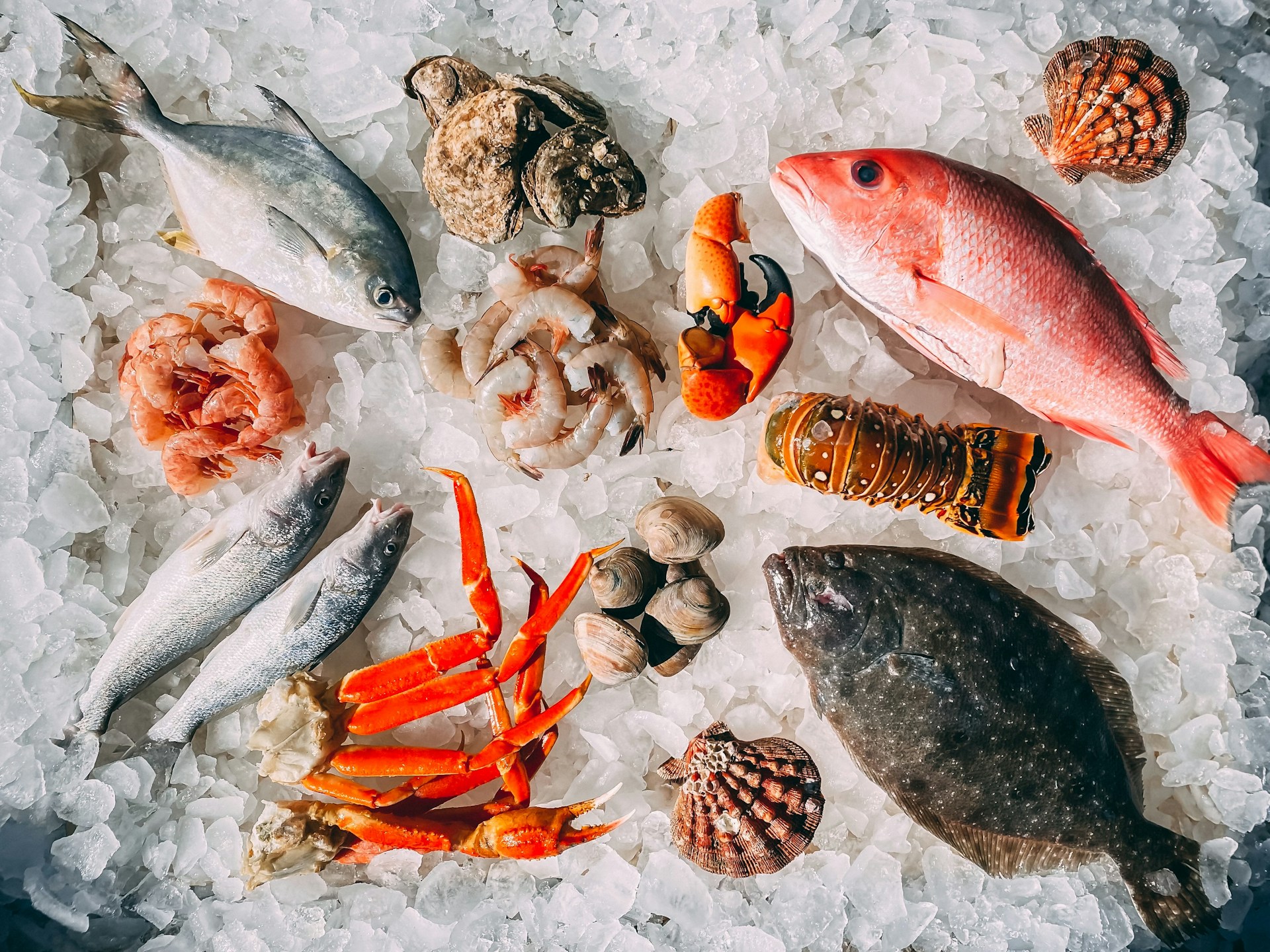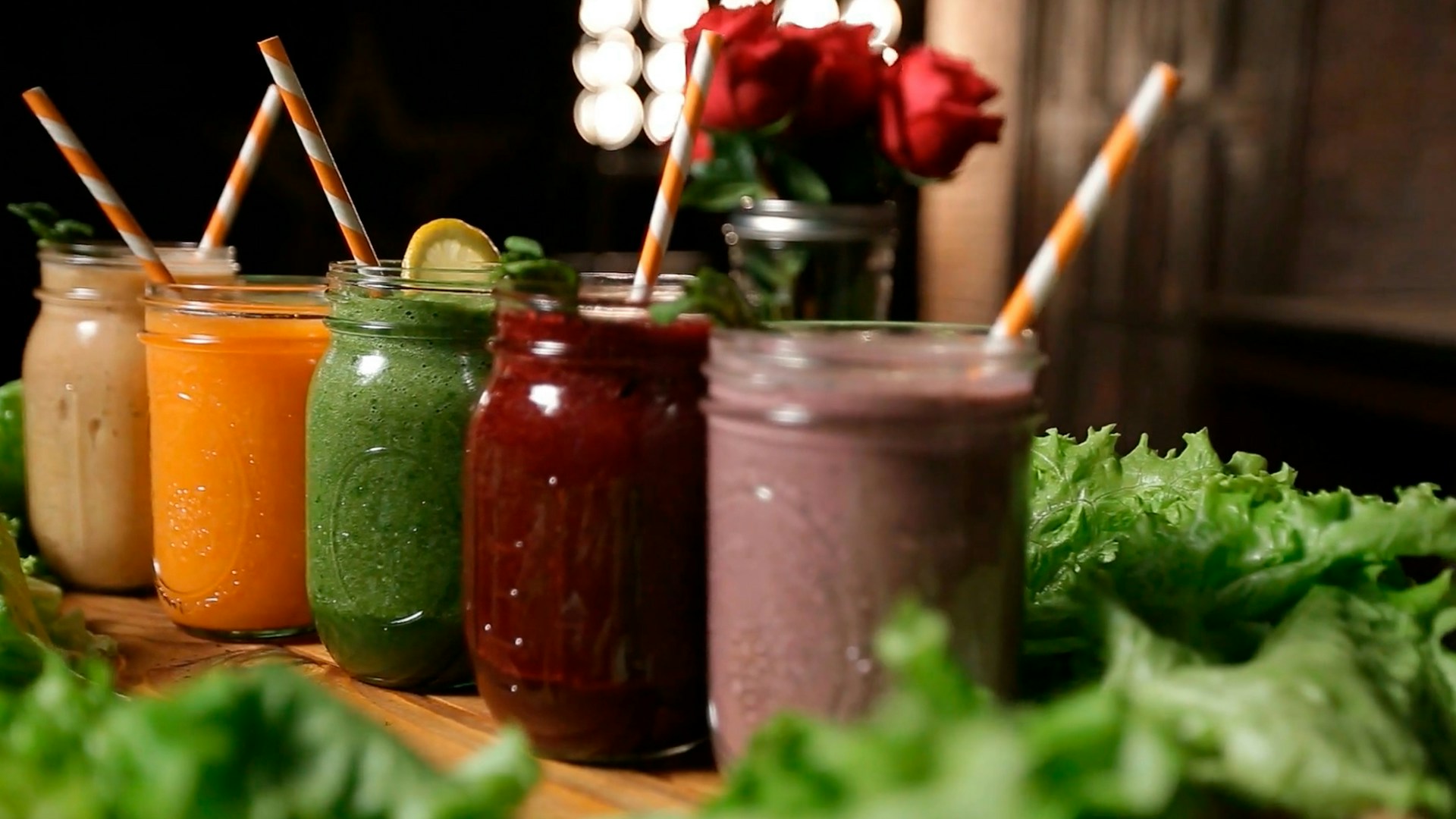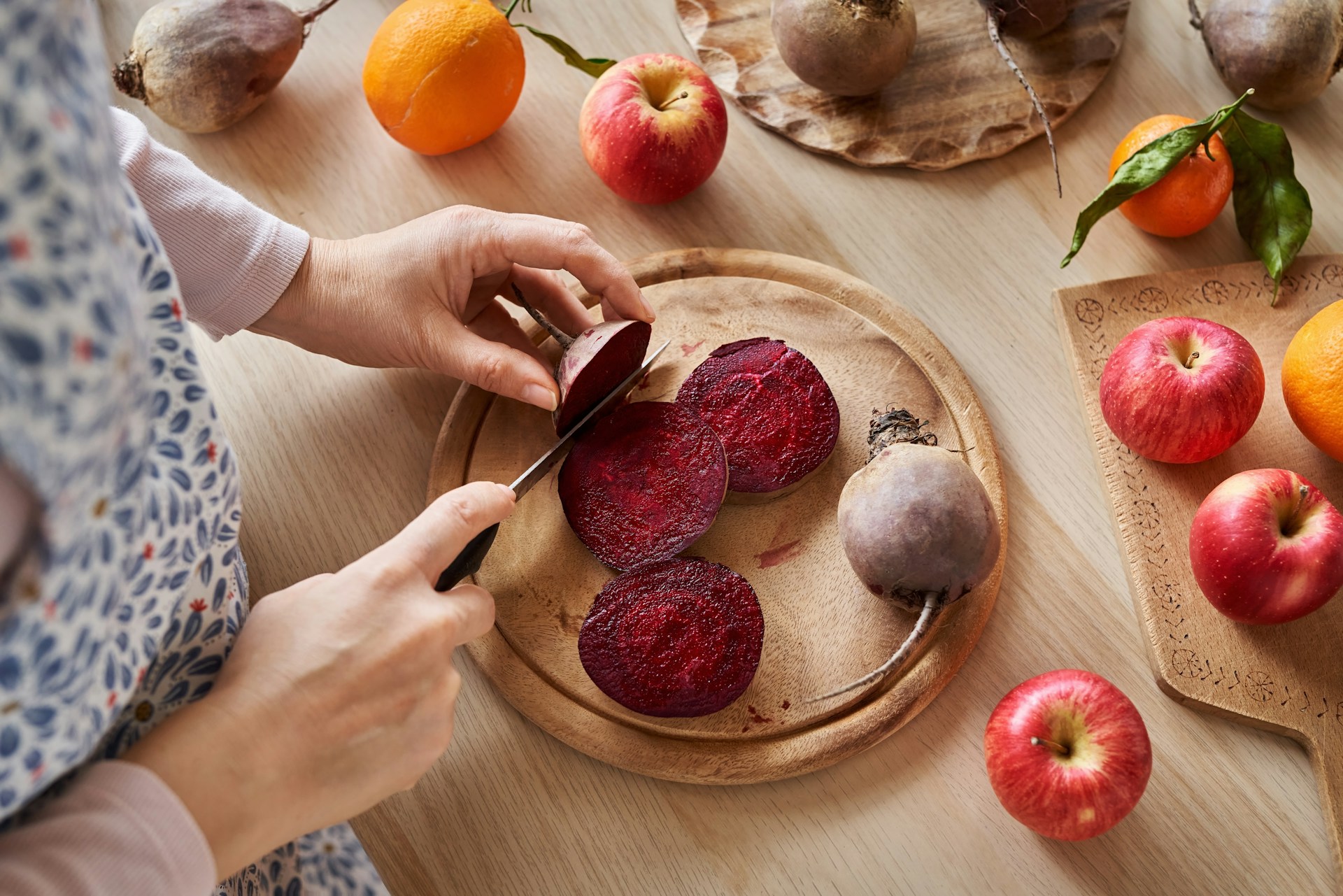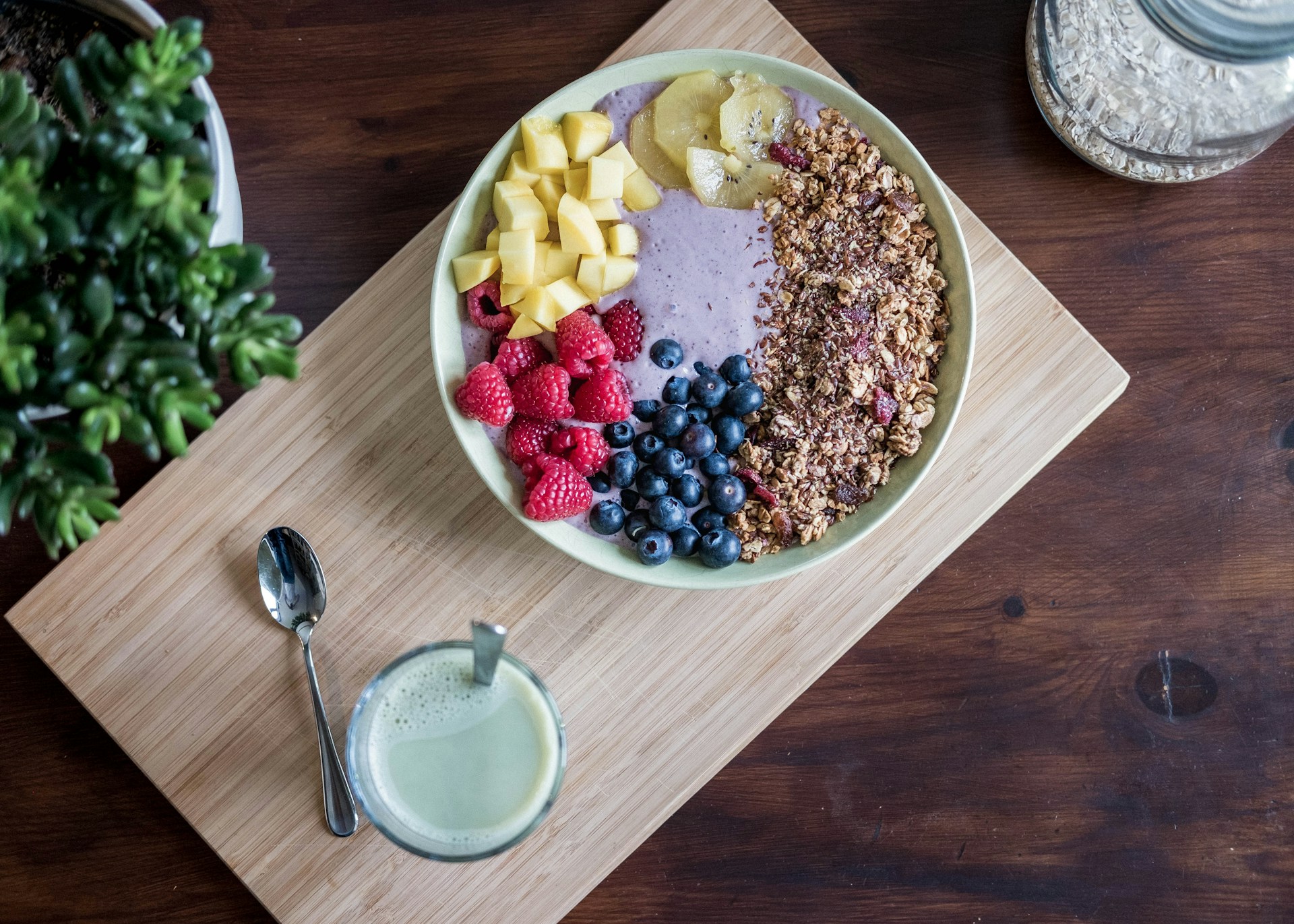Nutrition
Seafood Lovers Beware: Study Links PFAS Chemicals to High Consumption

A recent study has raised concerns about the potential exposure to harmful chemicals, specifically PFAS, from frequent seafood consumption. These toxins, often referred to as “forever chemicals,” persist in the body indefinitely once ingested.
The study, published in Exposure and Health, suggests that regular seafood eaters may be at a higher risk of exposure to these chemicals, which have been linked to a range of health issues, including cancer, fetal abnormalities, high cholesterol, and thyroid, liver, and reproductive disorders.
The research team conducted a detailed analysis of PFAS concentrations in fresh seafood and surveyed eating habits in New Hampshire, a state known for its high seafood consumption. They tested 26 types of PFAS in the most commonly consumed fish: cod, haddock, lobster, salmon, scallop, shrimp, and tuna. The results revealed that shrimp and lobster contained the highest levels of PFAS compounds.
“The scientific community is working hard to understand more about the overall risk-benefit tradeoff of consuming seafood,” said Megan Romano, PhD, an associate professor of epidemiology at Dartmouth’s Geisel School of Medicine. “Part of the current challenge for consumers is that some of the traditionally safer seafood choices in terms of mercury content may have higher concentrations of other pollutants, like PFAS.”
The study’s findings have underscored the need for more stringent public health guidelines regarding seafood intake, particularly in coastal areas with PFAS pollution. Kathryn Crawford, the first study author and an assistant professor of environmental studies at Middlebury College, emphasized that exposure to PFAS via seafood is a function of both the amount of seafood people eat and the concentrations of PFAS in seafood.
“We found that people in NH consume more seafood on average than other parts of the U.S. Also, the region has been home to PFAS-related industries, which can release PFAS into the environment that can ultimately bioaccumulate in organisms like fish and shellfish,” Crawford added.
The study’s findings suggest that people in areas with PFAS pollution and high seafood consumption may be exposed to more PFAS than elsewhere. This has led to calls for the development of public health guidance for seafood consumption that takes these findings into account.
“There needs to be more awareness and strict guidelines on what is considered safe with these chemicals,” said Julia Zumpano, a registered dietitian with the Cleveland Clinic center for human nutrition. “People should limit known sources or PFAS in non-stick cookware, personal care products, cleaning products, grease resistant products, water resistant fabrics, stain resistant products.”
Pregnant individuals and children are particularly vulnerable to excessive seafood consumption. “Pregnancy and early childhood are periods of rapid development with a person’s life, which makes them susceptible to chemical exposures that might interfere with these normal developmental processes,” Crawford said.
David Love, PhD, an expert in food systems and sustainability and associate professor at John Hopkins Bloomberg School of Public Health, explained that pregnant and nursing individuals and young children cannot tolerate chemicals found in certain types of seafood, especially when consumed in large amounts.
Experts agree that the findings of the new study add to our understanding about the risks of PFAS exposure. David Love said, “PFAS is an emerging risk that we should be aware and continue to monitor and evaluate, but we are not yet able to set national guidance for seafood.”
For the general public, seafood should be limited to about 12oz per week, but fish high in mercury should be consumed less frequently, according to Zumpano. She also recommended choosing fish from the ‘best choices’ list most often, limit fish from the ‘good choices’ list and avoid fish in the high mercury list.
“Choose low mercury canned tuna, ideally that has been tested for mercury content,” Zumpano said. This study highlights the importance of a balanced diet and the need for consumer-friendly recommendations about seafood consumption.
Let us know what you think, please share your thoughts in the comments below.

Nutrition
Boost Your Smoothie Game: Top 9 Supplements for a Healthier Blend

Incorporating fruit and vegetable smoothies into your daily regime ensures a diet rich in vitamins, fiber, and minerals. However, upleveling your smoothie game by integrating health-boosting supplements can significantly optimize the benefits you reap from this nutritious blend. As Maggie Berghoff, FNP, author of the bestselling book “Eat to Treat,” and a wellness entrepreneur notes, “You can consume these all outside of a smoothie, but I personally love upgrading a smoothie and getting in a bunch of essential supplements at once without having to take a handful of pills. You can’t taste the additions, and I love knowing my smoothie is jam-packed with benefits!”
A commonly recognized supplement for smoothies is protein powder, easily found in most smoothie shops. Chris Mohr, PhD, RD, a fitness and nutrition advisor, explains, “Protein is needed for muscle repair and growth and adding protein powder to a smoothie is an easy way to meet your daily protein needs.”
Kimberly Wiemann, MS, RDN, CDN, further highlights some overlooked benefits of protein powder, stating, “It also helps to balance out the grams of carbohydrates that are likely already a part of the smoothie….this can not only help to stabilize blood sugar levels in those with diabetes but can also help people stay full for a longer period of time.”
“Whether you’re an avid athlete, an aging adult, someone who just had surgery, or maybe you’re trying to lose weight, it’s imperative to meet your protein goals in order to preserve healthy, lean body mass,” echoes Elizabeth Brown, MS, RD, CPT. She suggests striving for a daily protein intake between 75-100 percent of your body weight in ounces.
Based on the American Heart Association’s data, most Americans have an insufficient intake of omega-3 fatty acids. This makes them another beneficial addition to your smoothie. Mohr enlightens us, “These are found in fish oil or algae oil for those who don’t eat fish…These offer the omega-3 fats, EPA and DHA, which are particularly beneficial for heart and brain health while playing a role in managing inflammation.”
He also recommends flax, hemp, or chia seeds as they bring an alternate form of omega-3 and are great for adding fiber and other nutrients. Wiemann suggests grinding these seeds before adding to smoothies, explaining that it unlocks their health benefits.
Not a fan of leafy greens like spinach or kale in your smoothie? Greens powders, usually a blend of spinach, spirulina, kale, and chlorella, may be your solution. As Mohr notes, “They are often rich in minerals, vitamins, phytonutrients, and antioxidants which could help complement a quality diet to help fill nutrient gaps.”
Probiotics are another supplement that can easily be added to your smoothie. “Probiotics are bacteria that are beneficial to your gut health and immune system,” Mohr says. Berghoff, who regularly adds probiotics to her smoothies, adds, “I personally don’t love taking tons of supplements, yet I know how powerful probiotics are, so I love to add a flavorless probiotic powder to my smoothie.”
Increasing your fiber intake is made easy by adding powdered fiber supplements. Mohr emphasizes the role of fiber in promoting good digestive health and regulating blood sugar. He adds that “Consuming fiber in a smoothie can be beneficial to those who need help meeting their daily fiber requirements.”
Collagen peptides, renowned for their numerous health benefits especially on skin and bone health, are another worthy addition. Mohr points out, “As we age, collagen production naturally decreases, but there are some real benefits and data to support collagen inclusion for hair, skin, and joint health.”
Green tea extract, another potential supplement, can be added to your smoothie for better inflammation management, blood pressure control, and weight management. Wiemann recommends matcha, a compound found in green tea, for its antioxidant power which can be masked by the fruit flavors in the smoothie.
Incorporating a combination of vitamins D3 and K2 can help optimize absorption and direct calcium to the bones. Berghoff stresses that this vitamin is essential for everyone and has a significant impact on mood, immunity, bone health, and overall health.
Berghoff suggests the addition of inulin powder, a powerful supplement found naturally in various fruits and vegetables. She loves it for its benefits of lowering blood sugar, reducing inflammatory factors, improving gut health, decreasing ‘bad’ LDL cholesterol, and positively impacting metabolism, mood, and weight loss.
While smoothies offer numerous health benefits, it is important to remember that the information provided does not replace professional guidance. For queries regarding the medication you’re taking or any other health questions you have, always consult your healthcare provider directly.
Let us know what you think, please share your thoughts in the comments below.
Nutrition
Healthy Highs: 12 Carb-Rich Foods That Boost Your Well-Being

Over the course of time, carbohydrates have been viewed unfavorably, often being linked to health concerns such as weight gain and type 2 diabetes. Indeed, processed food items high in sugar and refined grain that are lacking in essential vitamins and minerals are problematic. However, some carbohydrate-rich foods that are loaded with nutrients and fiber can be very beneficial for health. It is essential to remember that completely avoiding high carb food isn’t necessary, even though low carb diets can be advantageous for certain individuals. Here are twelve high carb foods which, contrary to popular belief, are incredibly good for you.
Quinoa, a nutritious seed greatly favored by health enthusiasts, is categorized as a pseudocereal. This implies it’s a seed that is prepared and eaten similar to a grain. Given that cooked quinoa is 70% carbs, it is a high-carb food while also being a viable source of protein and fiber. Quinoa possesses a plethora of minerals and plant compounds and is associated with several health benefits, like managing blood sugar levels and improving heart health.
“Quinoa is highly nutritious and may help improve blood sugar management and support heart health. Quinoa is also high in protein and fiber, so it may be useful for weight loss, as both of these nutrients can help keep you feeling full for longer.”
Bananas, a favorite fruit used in assorted recipes, are also high in carbs. Apart from being rich in potassium, vitamins B6 and C, they contain several beneficial plant compounds. Eating bananas contributes to lower blood pressure and healthier hearts due to their high potassium content. Bananas in their less ripe state have more starch which gradually transforms into natural sugars as they ripen.
“Bananas are high in potassium, a mineral that plays a key role in regulating blood pressure. Less ripe bananas also contain resistant starch and pectin, both of which can improve digestive health.”
Beetroots or beets, while not considered high in carbs, contain significant amounts for a non-starchy vegetable. They are packed with vitamins, minerals, powerful antioxidants and plant compounds. Particularly high in inorganic nitrates, beets are converted into nitric oxide in the body, improving heart health and potentially lowering disease risk.
“Beets are loaded with vitamins, minerals, and plant compounds. They also contain high amounts of inorganic nitrates, which can improve heart health and boost physical performance.”
Oranges, apart from being a good source of fiber, are rich in vitamin C, potassium, some B vitamins, citric acid, potent plant compounds and antioxidants. Regular consumption of oranges may enhance heart health, prevent kidney stone formation and increase iron absorption to guard against iron deficiency anemia.
“Oranges are a good source of fiber. They also contain high amounts of vitamin C and other healthy plant compounds. Eating oranges may benefit heart health and increase iron absorption to help prevent anemia.”
Blueberries, often hailed as a superfood due to high antioxidant content, contain several vitamins and minerals. High in antioxidant compounds, blueberries guard the body against damaging free radicals and may even bolster memory in older adults.
“Blueberries are very healthy. They contain many vitamins, minerals, and antioxidants, and they can help protect against oxidative damage.”
Apples, known for their sweet-tartness and crunchiness, contain substantial amounts of vitamin C, antioxidants, and fiber. Regular consumption of apples can improve blood sugar management, heart health, and may lower the risk of certain types of cancer.
“Apples contain a decent amount of vitamin C, antioxidants, and plant compounds. Eating apples may improve blood sugar management, as well as reduce the risk of heart disease and potentially even certain types of cancer.”
Chickpeas, or garbanzo beans, are great sources of plant-based protein along with several vitamins and minerals. Consumption of chickpeas can boost heart and digestive health, and may even protect against certain types of cancer.
“Chickpeas are an excellent source of plant-based protein and contain many vitamins and minerals. Eating chickpeas has been linked to benefits for heart and digestive health, as well as potential cancer prevention.”
Carbohydrates aren’t inherently unhealthy. Many nutritious foods are high in carbs. While it is recommended to avoid excessive intake of carbs for those following a low-carb diet, and refined carbs like white bread and pasta can be unhealthy in large amounts, these nutritious, delicious carbs can contribute significantly to a wholesome diet.
“When you go grocery shopping, opt for whole grain varieties of high carb foods like bread, pasta, and rice. This will boost your intake of important nutrients, including fiber, vitamins, and minerals.”
Let us know what you think, please share your thoughts in the comments below.
Nutrition
Boost Your Diet: Top 10 Superfoods Nutritionists Recommend

In the quest for a healthier lifestyle, we commonly hear what we should avoid in our diets. However, even when we think we are eating healthfully, we might still miss out on necessary nutrients. Nutrition experts highlight the significance of incorporating superfoods into our diets. Superfoods are nutritionally dense foods known for their extra health benefits, typically packed with vitamins, minerals, and antioxidants. So, which superfoods should you prioritize? Here are ten that come highly recommended by nutritionists.
Amanda Sauceda, MS, registered dietitian and gut health nutritionist, lists salmon, specifically with the skin on, as a leading superfood. She elaborates that salmon provides collagen, vitamin D, protein, and omega-3s, labeling it as a “4-in-1 package for health.”
“You want more salmon on your plate because it’s a 4-in-1 package for health,” Sauceda says. “You’re able to get a lot of nutrients in one food making it an ideal ingredient to keep in your fridge.”
Beyond salmon, another fish considered a superfood is the humble sardine. According to Michelle Routhenstein, MS, a preventive cardiology dietitian at EntirelyNourished, we should aim to consume two servings of sardines weekly.
“Sardines provide about 1.5 grams of omega-3 fatty acids per 3 ounces, contributing to half of the recommended weekly intake,” she shares. “These fatty acids help to lower triglycerides levels and reduce inflammation in the body, making them a heart healthy food to regularly add to your diet.”
This oily fish is also rich in calcium and vitamin D, contributing to better bone health.
If fish isn’t your favorite, Sauceda suggests an alternative: chicken with the skin, another fantastic source of collagen. She also proposes marinating your chicken with citrus to supplement your diet with vitamin C, or using chicken bones to make a collagen-rich bone broth.
Next in the protein lineup are eggs, which Brynna Connor, MD, general practitioner and healthcare ambassador at NorthWestPharmacy, considers a superfood.
“Eating just two eggs provides up to 30 percent of your daily vitamins, making them a great superfood option for a meal or snack,” she says. “Egg contain all nine essential amino acids that the body can’t produce on its own, as well as healthy unsaturated fats, vitamins, and minerals.”
Daryl Gioffre, DC, functional nutritionist and gut health expert, highlights avocados for their high monounsaturated fat content, which can be readily converted into energy by the body. Avocados also bestow a variety of vitamins including K, C, B5, B6 and, surprisingly, more potassium than bananas.
“They’re also surprisingly high in fiber, so they help maintain digestive health,” Gioffre adds.
Another green to consider is broccoli sprouts, which Gioffre emphasizes contain significantly more sulforaphane – a compound with antioxidant, anti-inflammatory, and even anti-cancer properties – than its mature counterpart.
“Broccoli sprouts boast nearly 38 micrograms of vitamin K per serving, while broccoli only contains 0.4 micrograms,” Gioffre states.
Beets are also worth adding to your diet. As Connor explains, they are rich in nitrates, which help maintain healthy blood vessels and improve blood flow. Studies have shown that regular beet consumption can enhance blood flow to the brain, particularly to regions vital for memory and critical thinking.
Chia seeds are another versatile superfood. They are a great source of protein, fiber, calcium, antioxidants, and omega-3s, as Gioffre points out.
“When consumed, they can help regulate blood sugar levels, promote digestive health, and support weight management,” he shares.
Erik Natkin, DO, a physician specializing in holistic wellness and nutrition, recommends spinach for its rich content of vitamins A, C, and K, along with magnesium, iron, and manganese.
“Eating spinach regularly can benefit eye health, reduce oxidative stress, and help prevent heart disease,” Natkin advises.
Finally, blueberries make the list as the top fruit-based superfood. They are loaded with flavonoids and antioxidants, which contribute to improved brain function and reduced risk of heart disease.
“Blueberries are loaded with flavonoids, particularly anthocyanins, quercetin, and myricetin, which are linked to improved brain function, decreased risk of heart disease, and promoting healthy aging,” Routhenstein advises.
Not only are they antioxidant-rich, but blueberries are also high in potassium and vitamin C, which support heart health and brain function. She recommends aiming for one to two cups of fresh or frozen blueberries in your weekly diet.
Remember, while our content provides an excellent starting point for your self-improvement journey, it should not be considered a substitute for professional medical advice. Always consult with a healthcare provider about your specific health concerns and any medication you may be taking.
Let us know what you think, please share your thoughts in the comments below.
-

 Health7 months ago
Health7 months agoPreventing Falls and Injuries for Seniors
-

 Nutrition4 months ago
Nutrition4 months agoThe Aging Secret of Vitamin D Unveiled
-

 Nutrition8 months ago
Nutrition8 months ago5 AMAZING Dinner Recipes That Are Also HEALTHY
-

 Health5 months ago
Health5 months agoDownsizing Tips: Simplifying Your Lifestyle
-

 Health3 months ago
Health3 months agoBoost Your Heart Health: Simple Tips for Seniors
-

 Health5 months ago
Health5 months agoRespiratory Health: Breathing Exercises for Seniors
-

 Movement5 months ago
Movement5 months agoChair Exercises: Staying Active While Seated
-

 Health2 months ago
Health2 months agoKate Middleton’s Health: Royal Recovery, Photo Controversy and Public Speculation